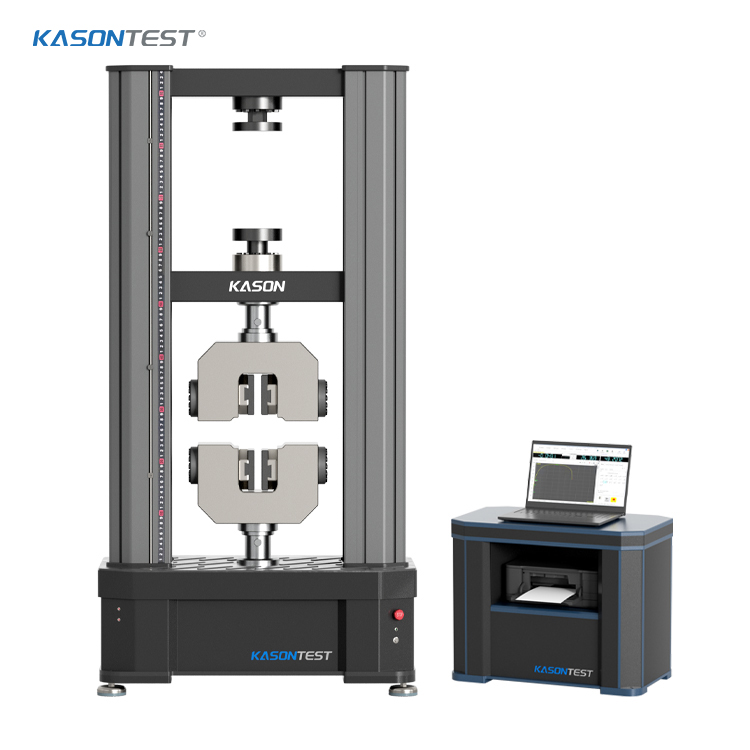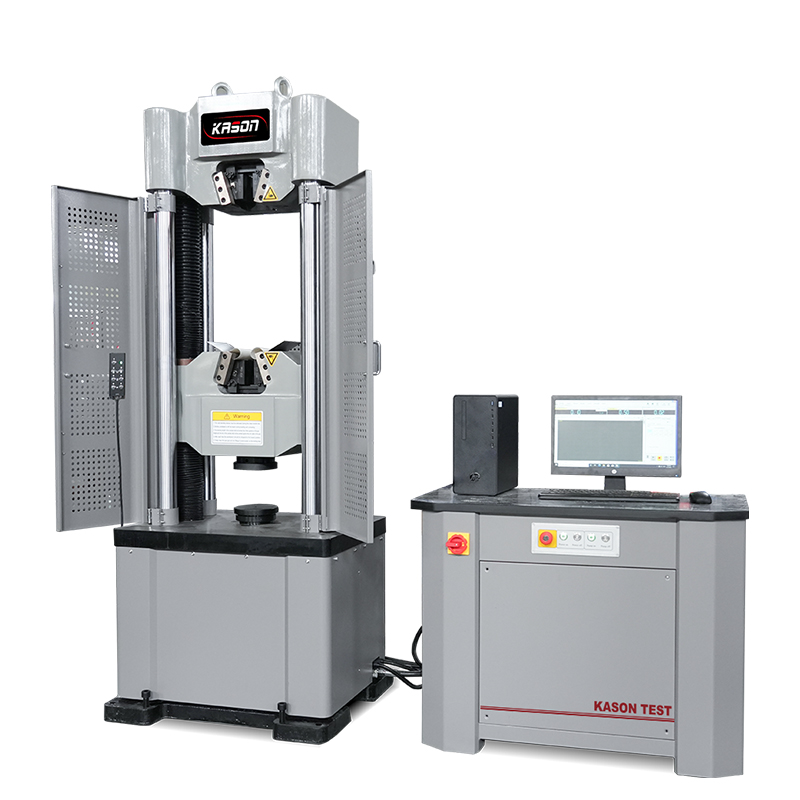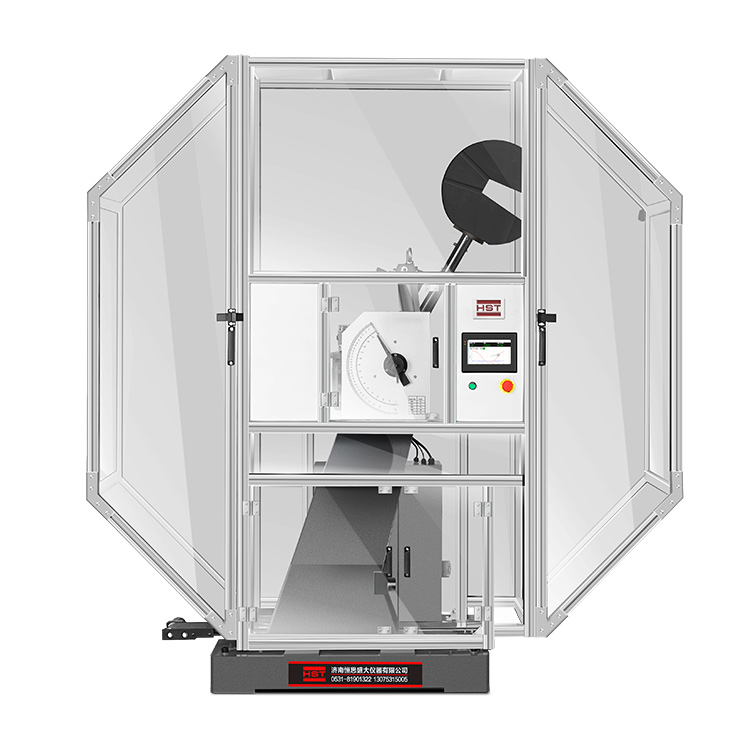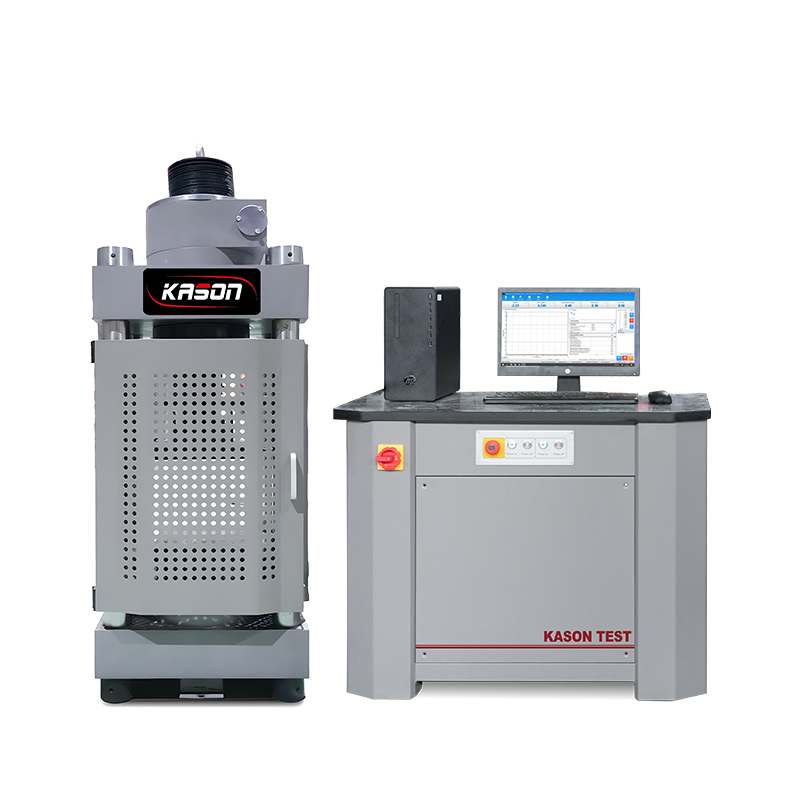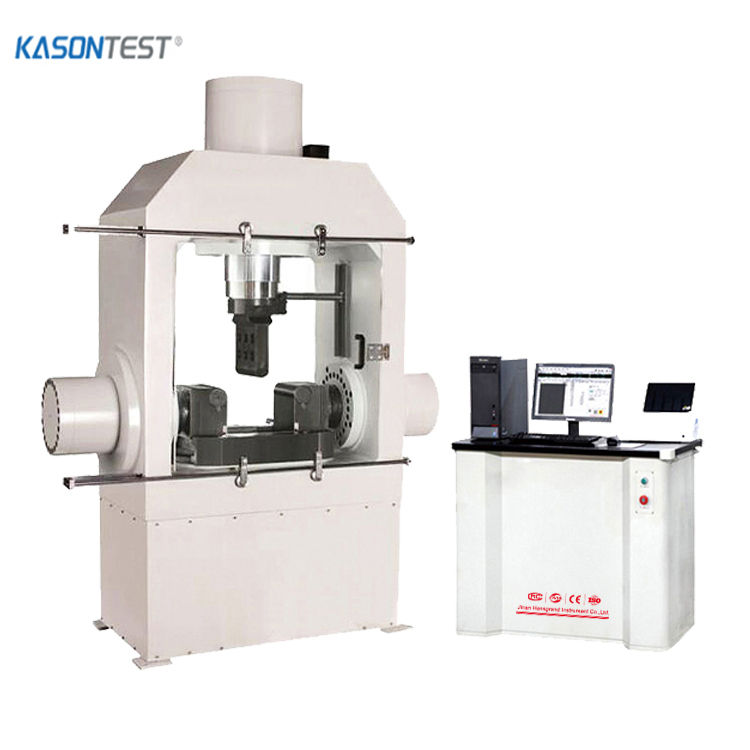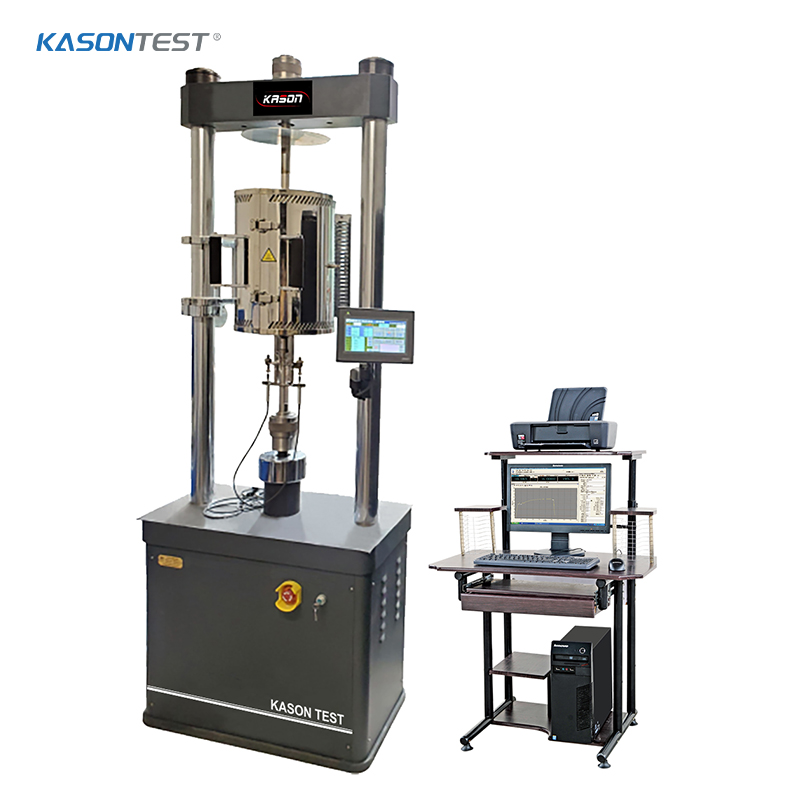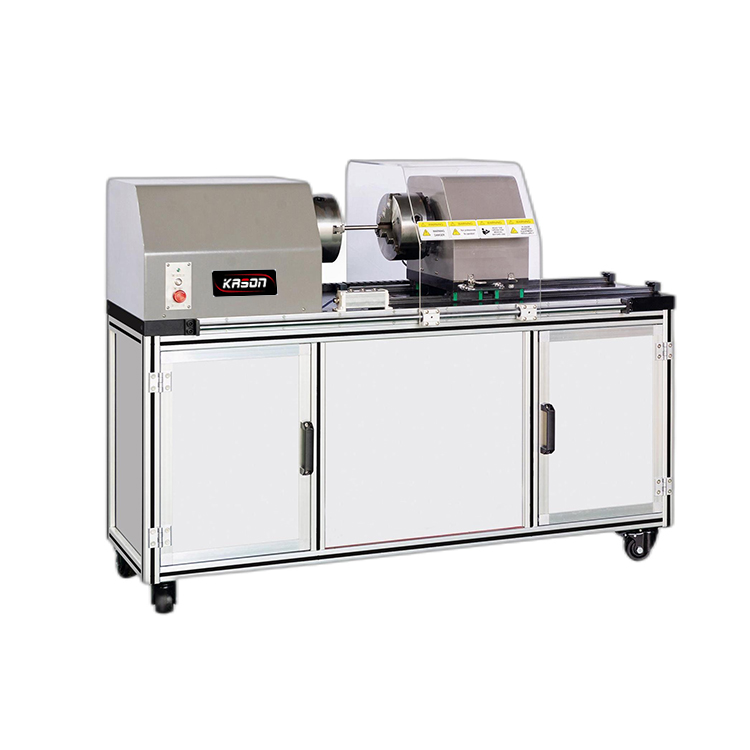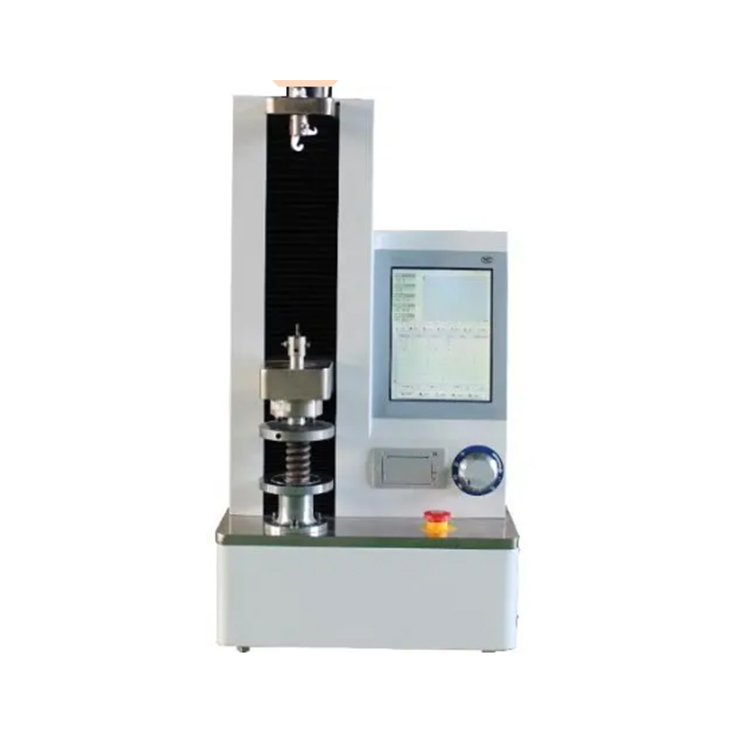Introduction to Vicat Test
The Vicat test is a widely used method for determining the thermal softening behavior of thermoplastic materials, particularly their ability to resist deformation under a constant load at elevated temperatures. Named after its inventor, Louis Vicat, this test measures two key parameters: the Vicat Softening Temperature (VST) and, in some variants, the Heat Deflection Temperature (HDT), though HDT is often considered a related but distinct test. The Vicat test provides critical data for assessing how materials perform in high-temperature environments, guiding material selection and product design in various industries.
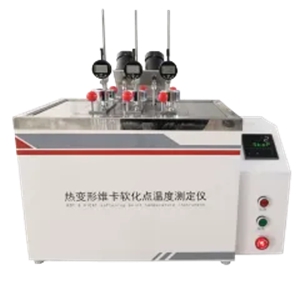
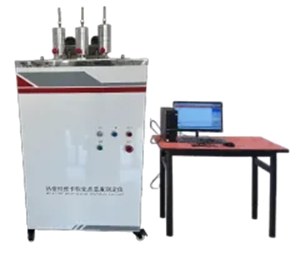
Purpose of the Vicat Test
The primary purpose of the Vicat test is to evaluate the temperature at which a thermoplastic material begins to soften significantly under a specified load. This temperature, known as the Vicat Softening Temperature, indicates the material's heat resistance and its suitability for applications where it may encounter elevated temperatures during use. For example, components in electrical appliances, automotive underhood parts, and packaging materials often need to withstand specific temperature ranges, making the Vicat test a valuable tool for quality control and material qualification.
Applicable Materials
The Vicat test is primarily designed for thermoplastic materials, including:
- Polyolefins (such as polyethylene and polypropylene)
- Polystyrenes and their copolymers
- Polyvinyl chloride (PVC)
- Polyamides (nylons)
- Polycarbonates
- Acrylonitrile butadiene styrene (ABS)
These materials exhibit a distinct softening point when heated, unlike thermosetting plastics, which do not soften upon reheating, making the Vicat test less relevant for the latter.
Key Testing Standards
Several international standards govern the Vicat test, ensuring consistency in procedures and results across different laboratories and industries:
- ASTM D1525: This standard specifies methods for determining the Vicat softening temperature of thermoplastic materials using either a constant load or a constant stress approach. It outlines two procedures: Method A (10 N load, 50°C/h heating rate) and Method B (50 N load, 50°C/h heating rate), with variations for different heating rates.
- ISO 306: Similar to ASTM D1525, this international standard describes the determination of the Vicat softening temperature of thermoplastics. It includes three test methods based on different loads and heating rates, allowing for flexibility depending on material characteristics and application requirements.
- GB/T 1633: China's national standard for the Vicat softening temperature test of thermoplastics, which aligns with ISO 306 and provides detailed guidelines for specimen preparation, equipment setup, and result calculation.

